Life is ACTIVE

We have developed a series of learning tools under the guidance of an Advisory Board of 19 experts in science education and pedagogy. These features are woven into the chapters so seamlessly that active learning is the natural result. All of these features are aligned to the new Learning Outcomes, giving students a clear expectation of what they need to learn.
Focus Your Learning
Each chapter is now organized around Key Concepts. Focus Your Learning statements zero in on the essential ideas in each Key Concept. These statements guide students in their reading and prepare them for the upcoming Recaps and Apply What You’ve Learned exercise.
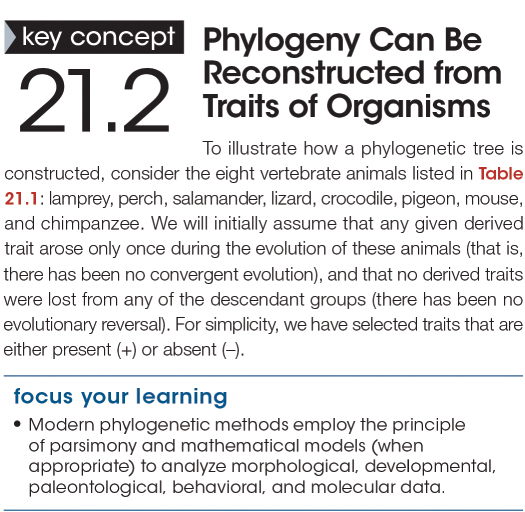
Recaps with Learning Outcomes
Recaps summarize each section and include related Learning Outcomes and thought-
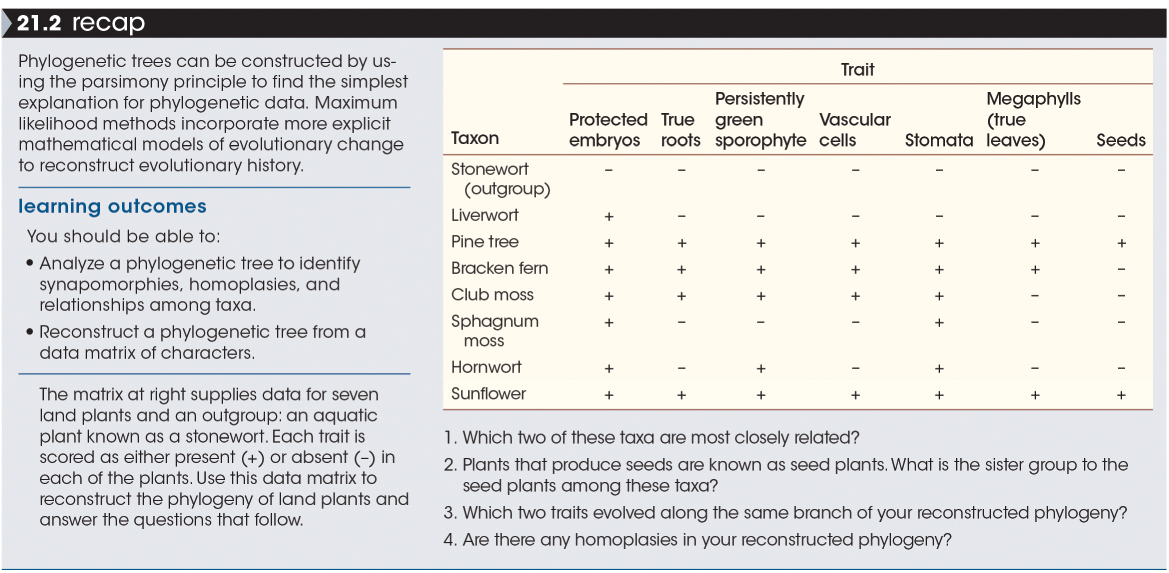
Simulations
Forty interactive simulations put the controls in students’ hands and give them the opportunity to learn by doing. Topics include:
Lipid Bilayer Composition
Genetic Drift
Visual Receptive Fields
Island Biogeography
Population Growth
Life, Eleventh Edition features a significantly increased number of simulations compared to the previous edition.
Please log in to LaunchPad to review the entire library of simulations.

Apply What You’ve Learned
Chapters conclude with an exercise that challenges students to put their newly acquired knowledge into action. The exercise presents a summary of research that is relevant to the chapter material followed by questions that, like Recap questions, align to the relevant Focus Your Learning statements, which are listed at the start of the exercise. Answers are in the back of the book.
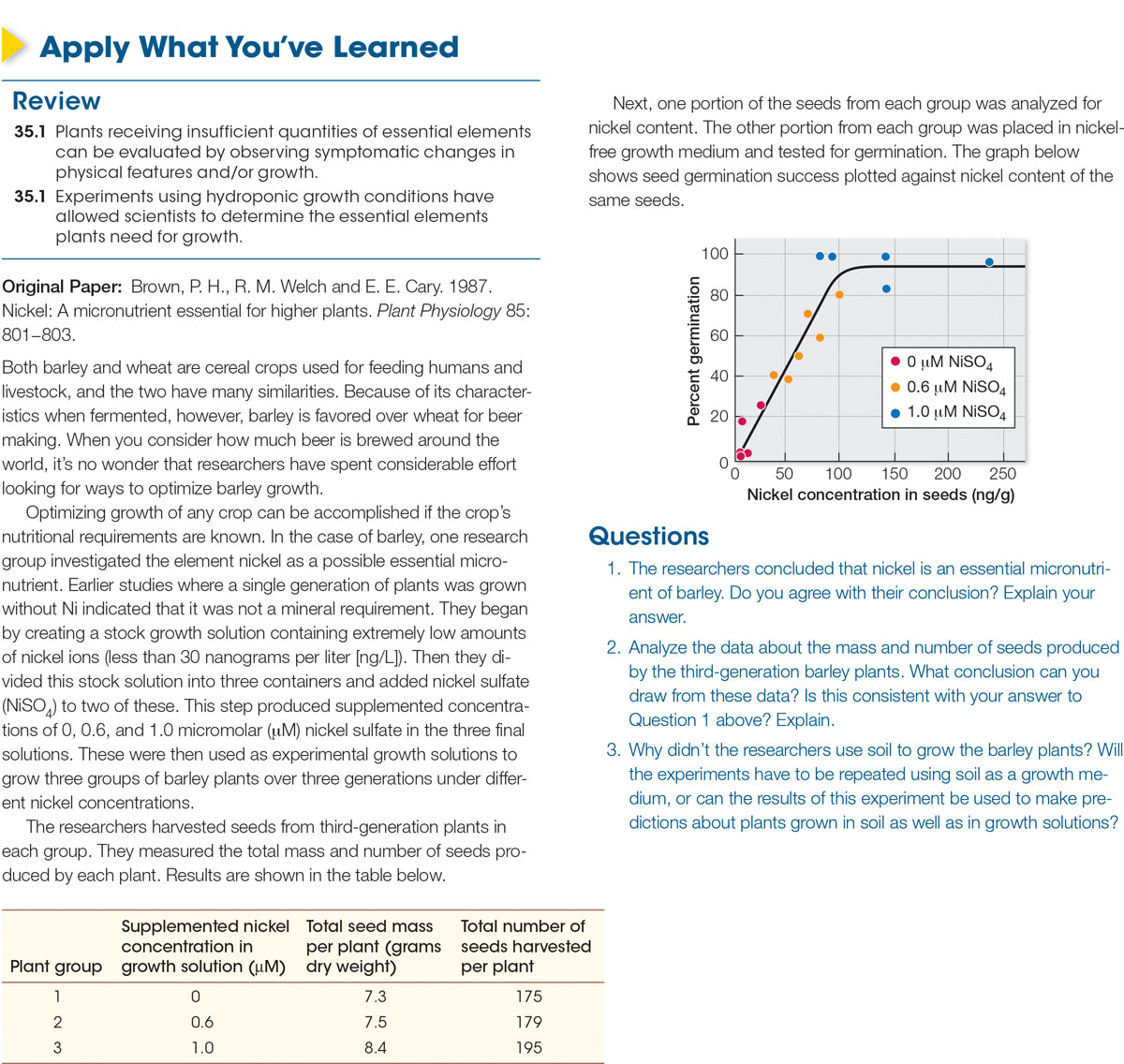
Encouraging students to be active when they work with the book on their own is just the beginning. We are committed to active learning in any setting, including in the classroom, for any teacher who wants to try it. Perhaps the most powerful new tools for instructors in this edition are the Active Learning Guide and accompanying set of Active Learning Modules and Exercises.
ACTIVE LEARNING MODULE PRE-
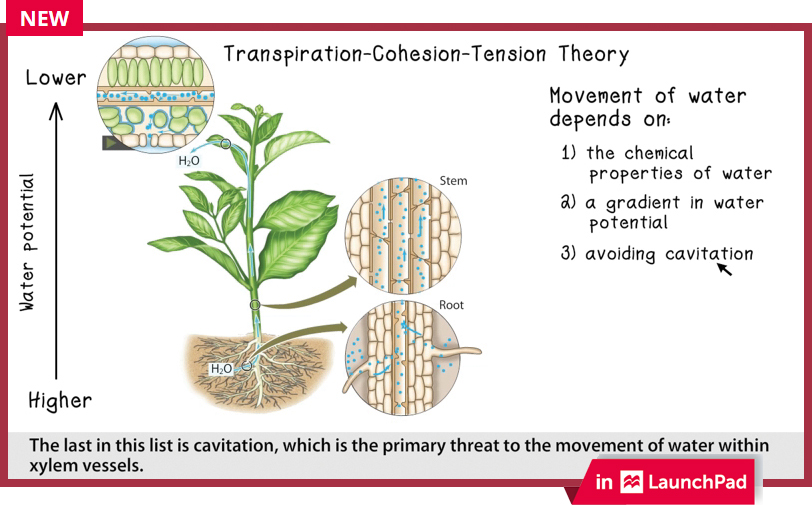
Active Learning Modules
The new Active Learning Modules provide everything an instructor needs to successfully implement an active approach to teaching key topics. Each module includes many resources, including:
Pre-
class video specifically created for the module Pre-
quiz and post- quiz Handout for in-
class work Detailed in-
class exercise Detailed instructor's guide
These modules are easy to implement and are a great way to add more active learning to the classroom.
ACTIVE LEARNING MODULE IN-
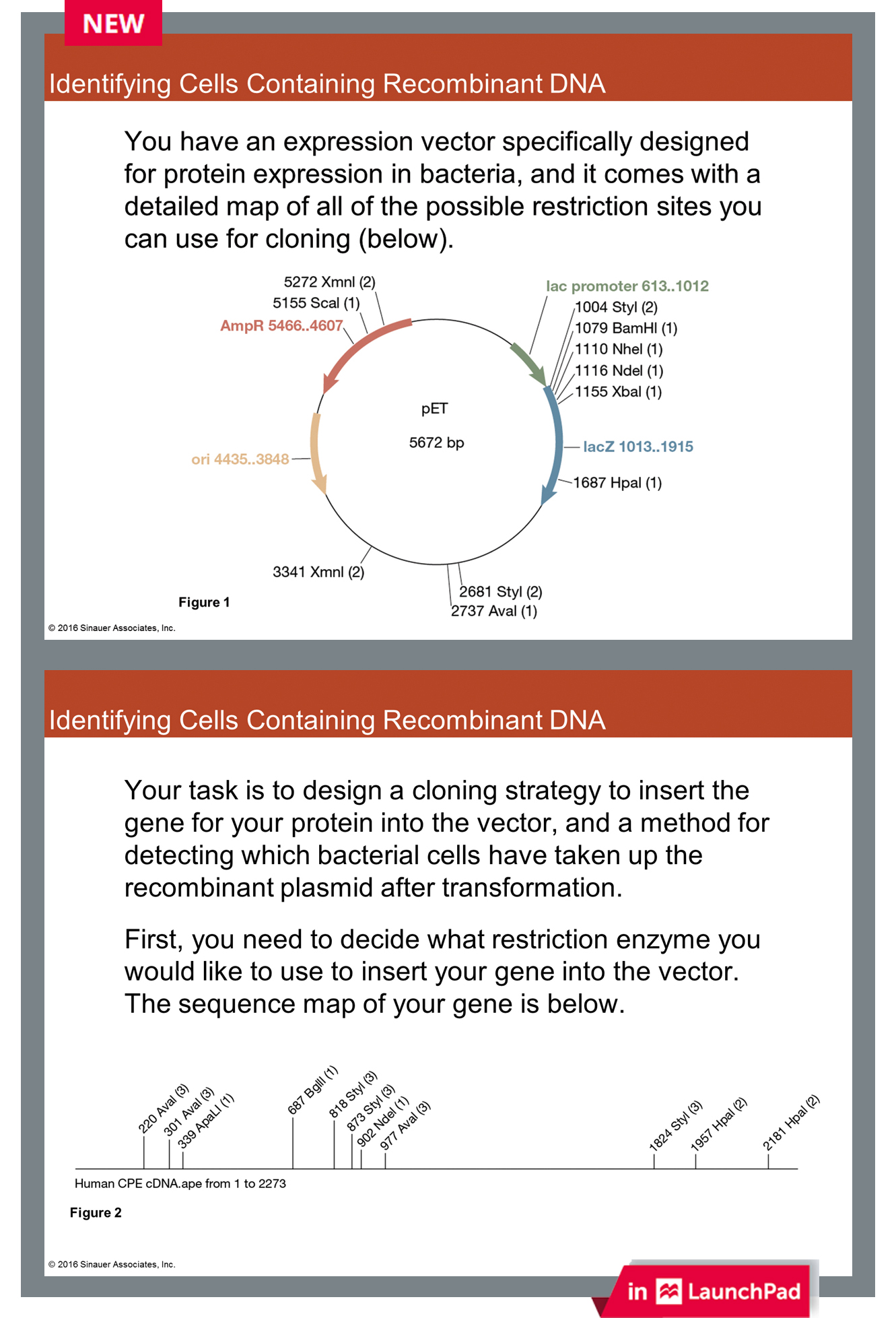
“A lot of books try to sell their active learning focus, but this one actually follows through in a meaningful way.”
— Carly Jordan, George Washington University
The Active Learning Guide provides extensive resources and support for implementing active learning techniques in the classroom. This all-
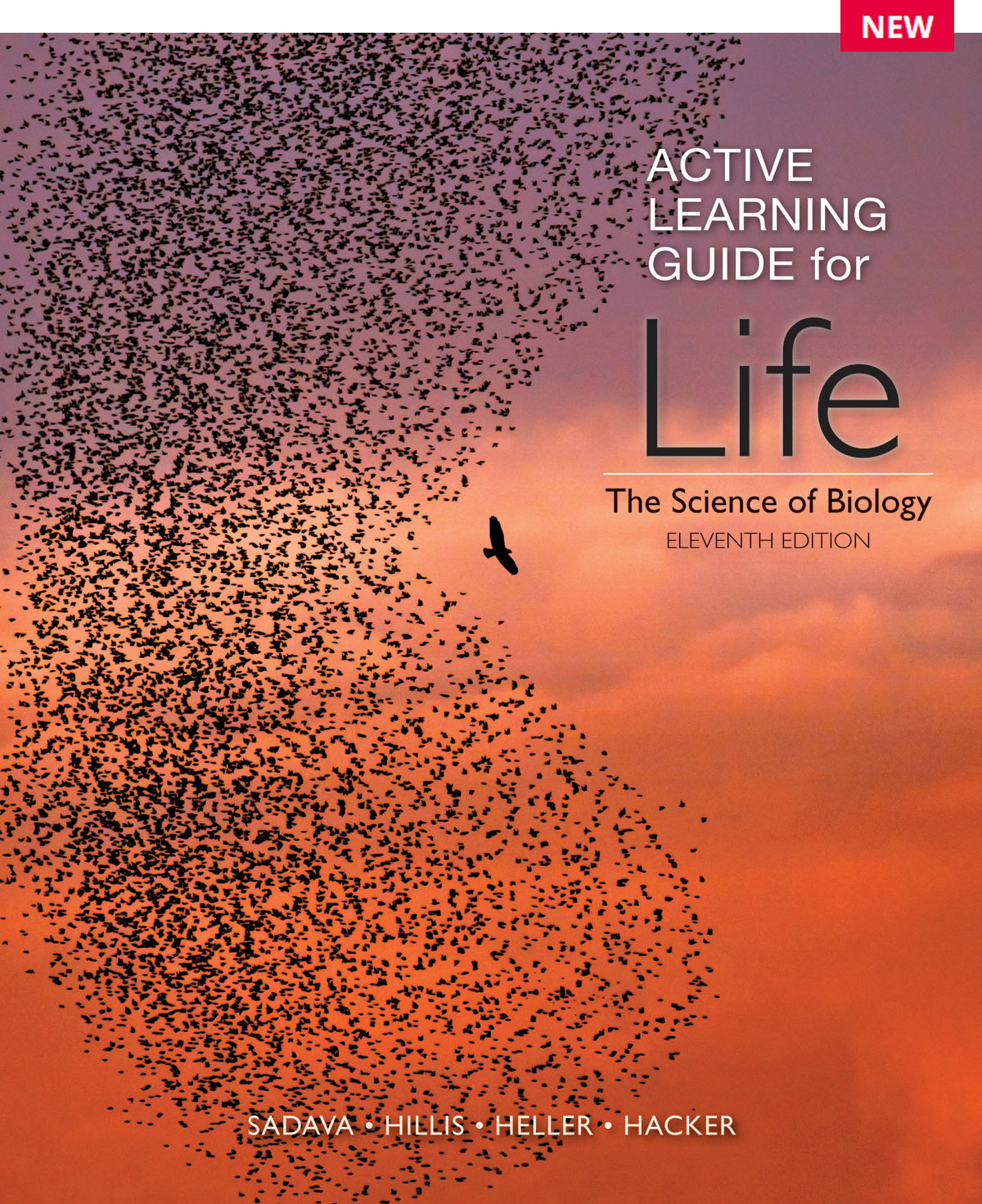
Part 1: Introduction to Active Learning
What is active learning?
Designing your course for active learning
Using active learning in the classroom
How to implement Life's resources
Part 2: Chapter-
Each Active Learning Guide chapter contains:
Overview of the textbook chapter
The student resources available in LaunchPad for the chapter, with descriptions
Specific concepts/content that are particularly well-
suited to active learning techniques The chapter’s Active Learning Exercises and how to integrate them into class sessions
The relevant Active Learning Modules (if applicable) and how to integrate them into the course
Suggestions for additional active learning opportunities
Links to specific additional online resources
Part 3: Appendices
Guide to Using Learning Standards in Teaching and Course Development
Overview of Bloom’s Taxonomy
“This textbook works well with any teaching style. ... It is a great tool to help instructors transform their classroom into an active learning environment.”
— Robert Osuna, University at Albany, State University of New York
“The active learning modules included with this text take the ‘fear factor’ out of active learning.”
— Candice Damiani, University of Pittsburgh